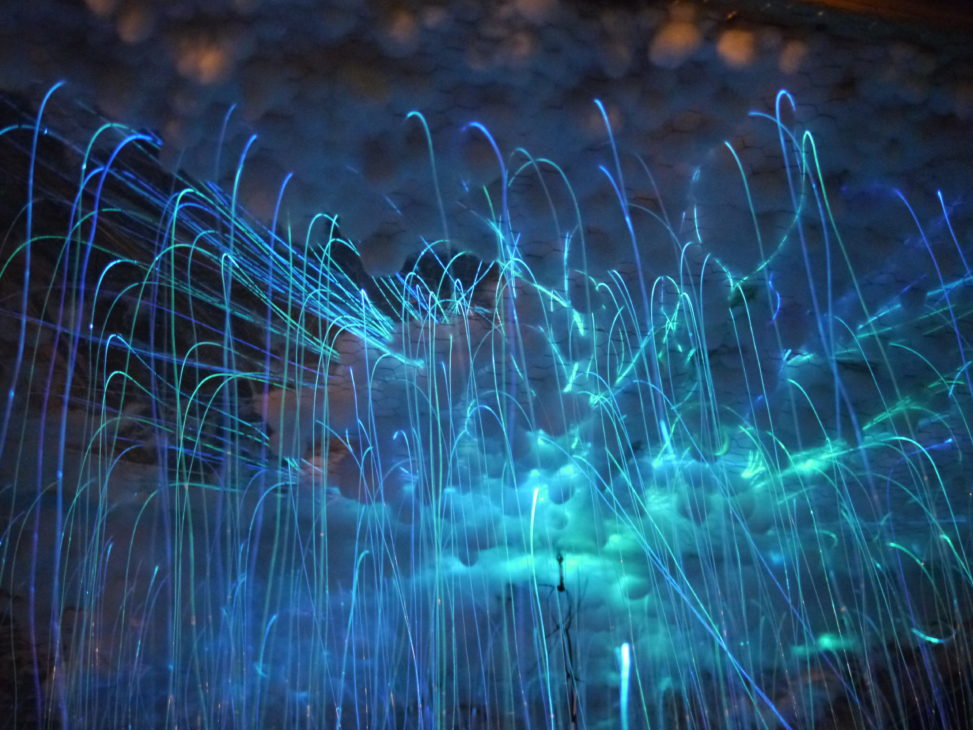We will all be participating in UCF’s contribution to Art in Odd Places the evening of November 9th. Here is some more information about Art in Odd Places, which is also available on their website: http://www.artinoddplaces.org/
Mission: Art in Odd Places aims to stretch the boundaries of communication in the public realm by presenting artworks in all disciplines outside the confines of traditional public space regulations. AiOP reminds us that public spaces function as the epicenter for diverse social interactions and the unfettered exchange of ideas.
History: Art in Odd Places (AiOP) began as an action by a group of artists led by Ed Woodham to encourage local participation in the Cultural Olympiad of the 1996 Olympics in Atlanta. In 2005, after moving back to New York City, he re imagined it as a response to the dwindling of public space and personal civil liberties – first in the Lower East Side and East Village, and since 2008, on 14th Street in Manhattan. AiOP has always been a grassroots project fueled by the goodwill and inventiveness of its participants.
The UCF even is happening on November 9-10, while the downtown Orlando event is happening November 11-13. The theme of the event this year is “Play” and projects should aim to engage unique locations in unexpected ways. All media are acceptable, though projects that are interactive, participatory, or time-based are preferred. To summarize the project guidelines:
- Work should address the theme of “Play”
- Work should engage the site, which may be any outdoor space between the Honor’s College and Hitt Library on the main campus that is relevant to your topic (to be negotiated with professor and event coordinators)
- Work can not block the flow of regular pedestrian or motorized traffic
- Work should engage the “viewer”
- Work should function rain or shine
- Work should exist for three hours, or if performative / time-based three scheduled “events”
- Work should also related to one of the themes / topics of this course (see weekly headings)
- Work should related to your own practice
- Collaborative pairs are welcome
Examples of past Art in Odd Places projects are available on their website. This is the major project for the course. The final paper, which will take the form of a four-page ACM demo/work-in-progress/interactive extended abstract, will be based on the results of this project.

